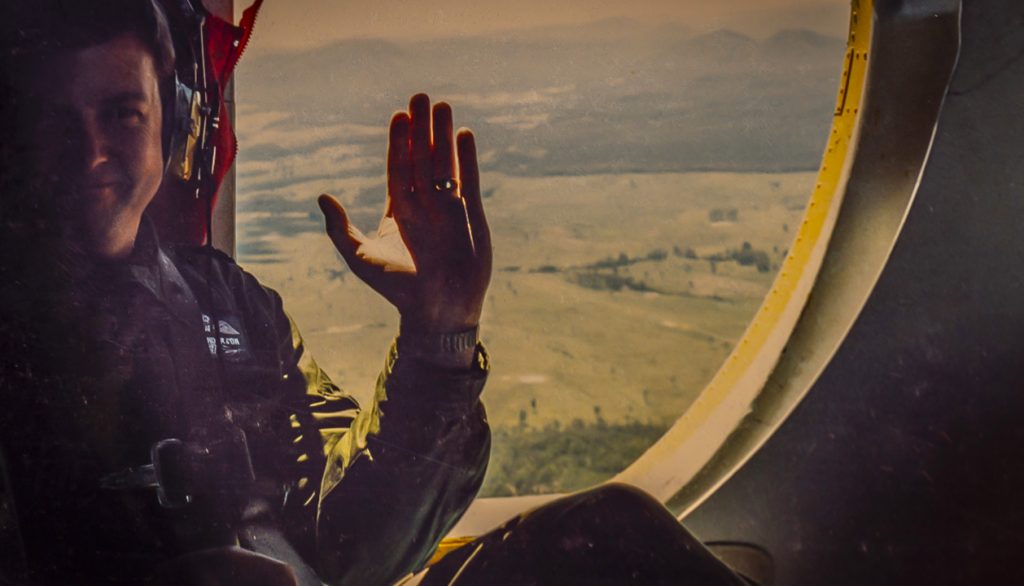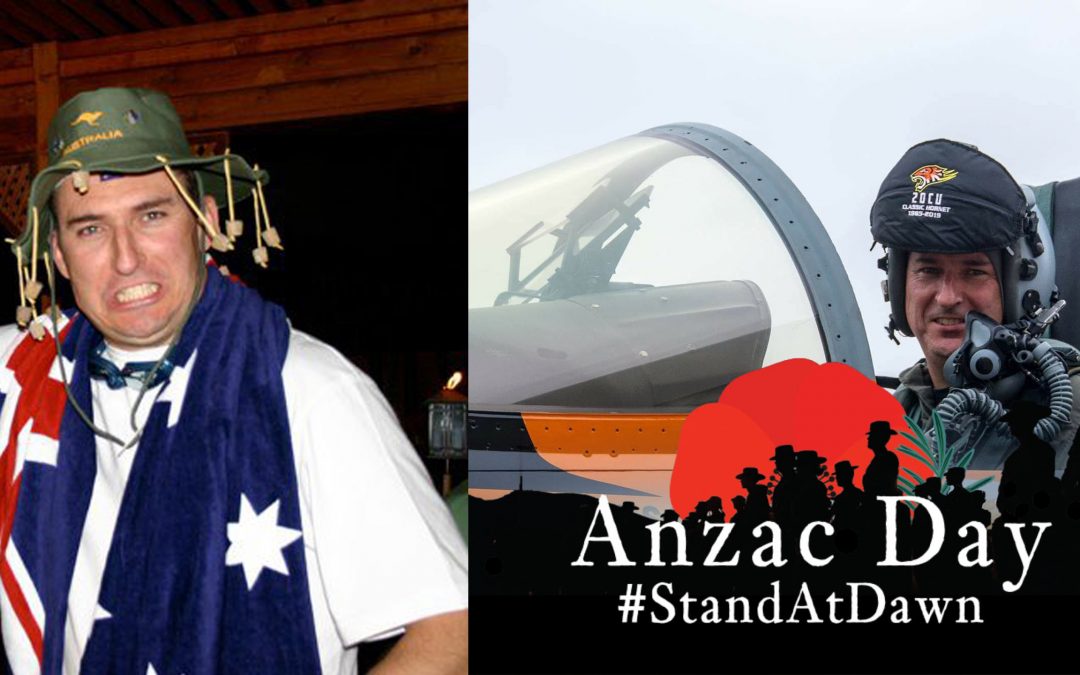
Rocket Man Part 2
Podcast (pt): Download
Part 2 of my interview with my mate Matt, steely eyed rocket man extraordinaire.
Images under Creative Commons licence with thanks to NASA, I Alison, Rama, NASA, US Gov, the BBC and Andrew Bulko

Podcast (pt): Download
Part 2 of my interview with my mate Matt, steely eyed rocket man extraordinaire.
Images under Creative Commons licence with thanks to NASA, I Alison, Rama, NASA, US Gov, the BBC and Andrew Bulko

Podcast (pt): Download
At first glance he looks to be a rather scruffy and unkempt elderly chap but behind the heavy glasses there are two twinkling eyes that reveal more than you can imagine. Indeed, appearances can be deceiving as this retired RAF Technician could have well been a steely eyed missile man as he controlled military satellites around during the Cold War. Meet my mate Matt!
Images under Creative Commons licence with thanks to Nigel Chadwick, NRAO/AUI, Saber1983, the Smithsonian National Air and Space Museum, Dale Griffin USGS, then Science Museum and NSAS.

Podcast (pt): Download
In the tale, the Applegate Memorandum, I described the difficult birth that McDonnell Douglas had with the DC-10 when it’s safety record was permanently marred by a cargo door design flaw that plagued its introduction. Sadly, this wasn’t the only issue that was going to discredit the aircraft in the eye of its passengers and they would ultimately condemn the world’s first 3 engined wide body as a dangerous failure. Although the aircraft’s problems with its cargo doors could be firmly laid at the feet of McDonnell Douglas, the next disaster that the aircraft would have to cope with was not of the manufacture’s making, but of some operators who took it upon themselves to shorten engineering procedures.
Images under Creative Commons licence with thanks to the Dale Coleman, Jyra Sapphire, Jon Proctor, the Bureau of Aircraft Accident Archives, the NTSB, the US Gov and American Airlines.

Podcast (pt): Download
I left you last time after we had returned with our Hornets from New Zealand having had a very productive and interesting few weeks working with the Kiwi A4 Skyhawks. We soon settled back into our Squadron HQ at RAAF Williamtown and started to work up some Maritime Strike tactics against the ships of the Australian Navy. These were early days for the Australian Hornets and the anti ship missiles that were to be purchased had yet to be properly integrated into the aircraft’s weapons system… and so continues the Tales from the Old Pilot’s Log Books.

We flew affiliation sorties against the RAAF Caribous so I got the chance to observe from the other side of the engagement

Podcast (pt): Download
The conclusion of a chat over a pint with Wood Duck, the Royal Australian Air Force Air Attache to the Australian High Commission in London.

Podcast (pt): Download
As a fighter pilot on the newly formed 77 Squadron Royal Australian Air Force, now equipped with brand new FA/18s, we had many experienced pilots but before long we also acquired pilots on their first operational type. One such pilot was Woody, or more formally known as Wood Duck and flying the Hornet was just the start of a long career in aviation that took him all around the world. Now the Air Attache at the Australian High Commission in London, Woody and I met at a local hostelry and had a beer whilst talking about old times.
Images under Creative Commons licence with thanks to the RAAF, the USAF, the RMAF and No 2 OCU RAAF.